Independent Collectors
Spinoza Returns to Vidigueira
A new exhibition at Quetzal Art Center reflects on Spinoza’s philosophy and its relevance for how we see and understand the world today

Spinoza’s Life – From Vidigueira to Amsterdam
Bento de Spinoza, also called Baruch or later Benedictus, was born in 1632 in Amsterdam, the son of Portuguese-Jewish refugees. His father, Michael d’Espinosa, a son of a wealthy merchant, hailed from Vidigueira, where the family had lived for generations. After the expulsion of Jews during the inquisition in Spain and Portugal in 1492 and 1497, many –including the Spinozas – fled the Iberian Peninsula. They stopped briefly in Nantes and eventually found refuge in the relatively tolerant Amsterdam. The city, since the fall of Antwerp, had become the new maritime and trading centre, and a place where Jewish life could cautiously flourish again.
Spinoza grew up in Amsterdam’s vibrant Jewish quarter, ‘Vlooienburg’, mostly home to Sephardi Jews, who built their synagogues there – the large Portuguese Synagogue still stands today. He was educated in the Jewish tradition, but soon became captivated by the radical new ideas of his time – especially the philosophy of Descartes and the discoveries of emerging science.
In 1656, Spinoza was excommunicated from the Jewish community, likely for his unorthodox views. The ban meant total exclusion – but it also freed him to think and write without religious constraints. He learned Latin, became part of a circle of freethinkers and scientists and supported himself by grinding optical lenses, used, among others, by the renowned scientist and astronomer Christiaan Huygens. Not only his thoughts, but also his lenses, gave people a more profound view on life.
Though cautious about publishing, Spinoza dared to speak out. His Theological-Political Treatise, published anonymously in 1670, was a bold defence of freedom of thought and expression, maintaining close ties with friends and intellectuals across Europe. He lived a modest and independent life, caring more for feeding the mind than indulging the body. Later in life he is said to have sustained himself on raisins and milk-porridge. By some he was called ‘Mister Spinach’, after the leafy vegetable said to nourish the brain.
Spinoza died in 1677 at the age of 44, most likely from tuberculosis. It is believed that his dust-rich optical work, while sharpening lenses, dulled his lungs, and contributed to his declining health. His philosophical work – considered dangerous at the time – was quickly banned but continued to circulate underground. Over time, his ideas helped shape modern philosophy, science, and democracy.
And in some way, it all began here, in Vidigueira, the birthplace of his father – where a radically independent mind took root.
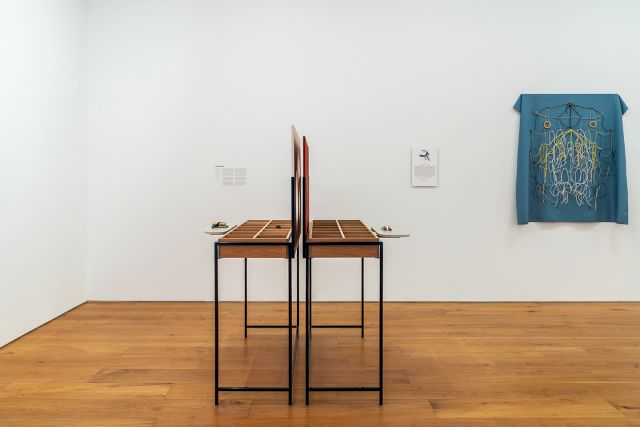

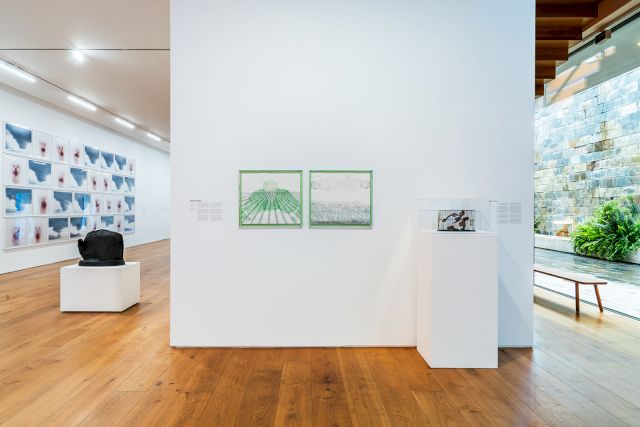
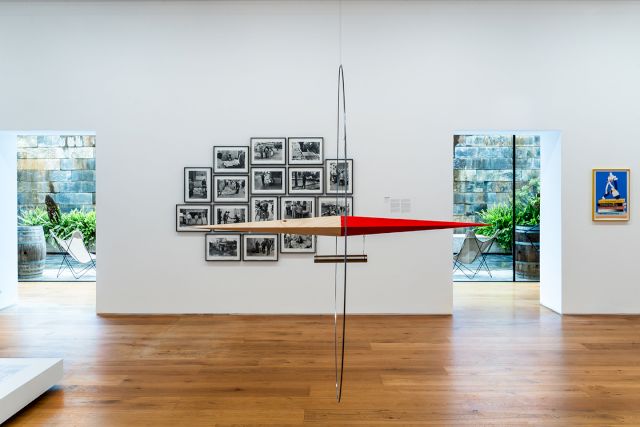

According to Spinoza, our perception of reality is shaped by our individual point of perspective and the instruments we use to gain an understanding of it. When our perspective is limited or even dogmatic, we just grasp a limited part of reality. While true knowledge of our world is gained through active and continuous exchange of free thought.
Great art also challenges our perspective on the world. And it is no coincidence that many artists have been inspired by Spinoza, whose texts can be interpreted as a meditation on either rationalism or metaphysics, on either atheism or pantheism, on either democracy or totalitarianism. There seems to be a Spinoza for everyone. The artists in this exhibition touch upon a variety of Spinoza’s thoughts. They invite the subconscious to speak and celebrate our ability to reason. They find ways to orient ourselves within the bigger whole or even blur the boundaries between human and nonhuman bodies, revealing a shared sensuality with the natural world. Some of them challenge binaries entirely – of gender, body and spirit, or nature and God.
With polarization and climate change looming over us, the philosophy of Spinoza, the philosophy of free thinking, ethics and interconnectedness, is more relevant than ever. As Portuguese jews, Spinoza’s own family was religiously persecuted and had to flee to the Netherlands. Showing these works in Quetzal Art Center in Vidigueira, the birthplace of Spinoza’s father, is thus all the more special.
Curated by Aveline de Bruin
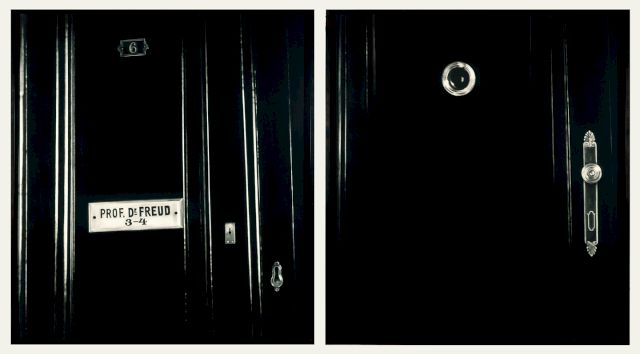

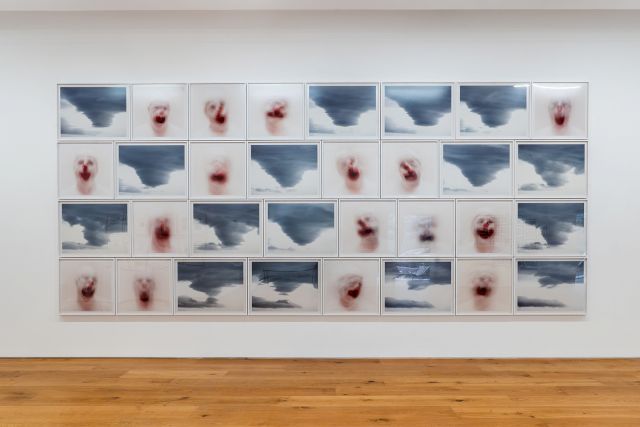
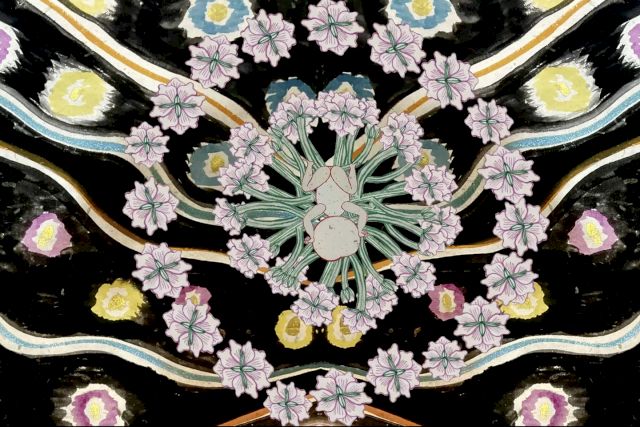


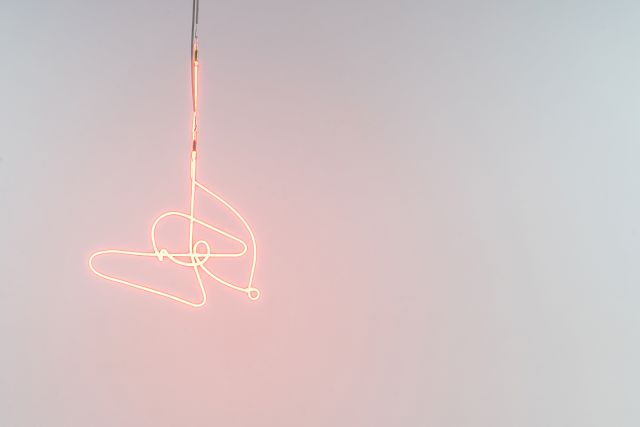
Artists in the exhibition: Eylem Aladogan, Thierry de Cordier, Keith Edmier, Olafur Eliasson, Simon Fujiwara, Thomas Hirschhorn, Roni Horn, Tetsumi Kudo, Kinke Kooi, Job Koelewijn, Robert Longo, Cristina Lucas, Navid Nuur, Falke Pisano, Anri Sala, Fernando Sánchez Castillo and Emma Talbot.
The exhibition will be on view until the end of March 2026. For more Information visit Quetzal Art Center.
Quetzal Art Center is featured in the BMW ART GUIDE by INDEPENDENT COLLECTORS.